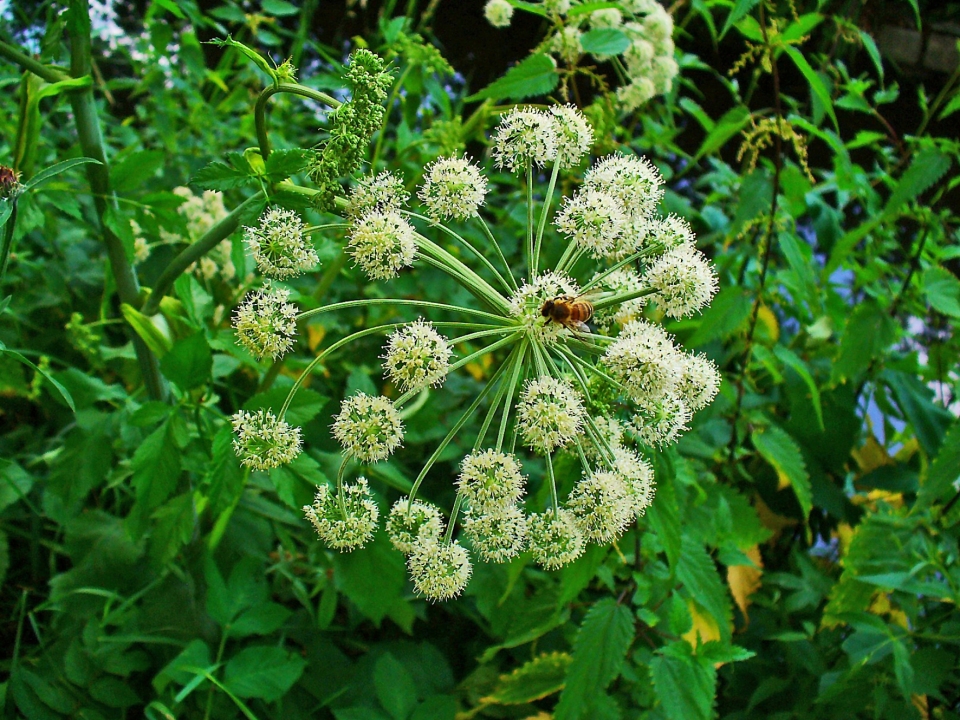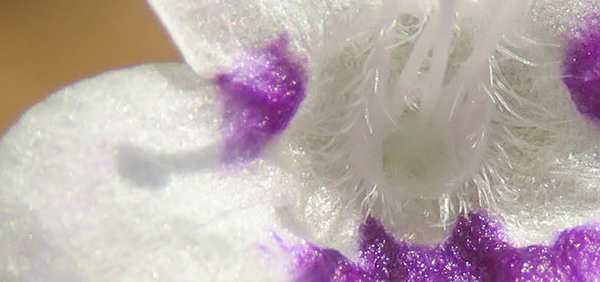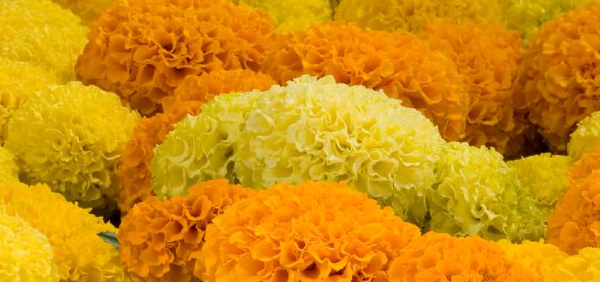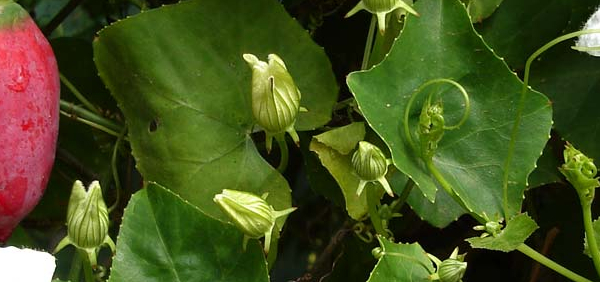canda :

Cultivation:
Cultivate in ordinary deep, moist loam, in a shady position, as the plant thrives best in a damp soil, and loves to grow near running water. Although the natural habitat is in damp soil and in open quarters, yet it can withstand adverse environment wonderfully well, and even endure severe winter frost, without any injury. Seedlings will even successfully develop and flower under trees, whose shelter creates an area of summer dryness in the surface soil, but of course, although such conditions may be allowable when Angelica is grown merely as an ornamental plant, it must be given the best treatment as regards suitable soil and situation, when grown for its use commercially. Insects and garden pests do not attack the plant with much avidity: its worst enemy is a small two-winged fly, of which the maggots are leaf miners, resembling those of the celery plant and the spinach leaf.Propogation:
Propagation should not be attempted otherwise than by the sowing of ripe, fresh seeds, although division of old roots is sometimes recommended, and also propagation by offshoots, which are thrown out by a two-year old plant, when cut down in June for the sake of the stems, and which transplanted at two feet or more apart, will provide a quick method of propagation, considered inferior, however, to that of raising by seed. As the germinating capacity of the seeds rapidly deteriorates, they should be sown as soon as ripe in August or early September. If kept till March, especially if stored in paper packets, their vitality is likely to be seriously impaired. In the autumn, the seeds may be sown where the plants are to remain, or preferably in a nursery bed, which as a rule will not need protection during the winter. A very slight covering of earth is best. Young seedlings, but not old plants, are amenable to transplantation. The seedlings must be transplanted when still small, for their first summers growth, at a distance of about 18 inches apart. In the autumn they can be removed to permanent quarters, the plants being then set three feet apart.Harvesting:
Harvesting angelica’s tender stems must wait until the second year and are then candied. Cut the stalks in mid to late spring while they are young and tender. Another good reason for pruning angelica stems is so the plant will continue to produce. Angelica that is left to flower and go to seed will die.
- » Classification and names of canda
- » Synonyms and definitions of canda
- » Drug Properties of canda
- » Chemical Constituents of canda
- » Standardization of canda
- » Parts used and Dosage of canda
- » Morphology and Histology of canda
- » Distribution and Conservation of canda
- » Cultivation of canda
- » canda in the market
- » Medicinal Uses of canda
- » Researches and clinical trails of canda
- » canda in other sytems of medicine
- » Ayurvedic formulations with canda
- » Images of canda













